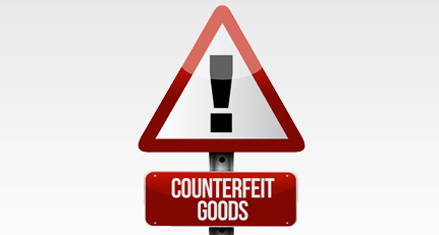Counterfeits in Food and Beverage
I read two articles about counterfeits, recently, that really caught my attention. It wasn’t that finding an article about counterfeits was unusual or unexpected, it was the type of products involved that highlights the lengths to which counterfeiters will go to cash in on branded products.
The first article was about a raid in Italy by Italian police and the seizure of 9.000 bottles of fake Moët & Chandon champagne from a shed in northern Italy. The value of the seizure was $382,000. In addition to the 9.000 bottles, the police also found 40,000 Moët & Chandon labels. If the labels had ultimately been used, the value of the counterfeits would have been almost $2 million!
The second article that I saw, oddly enough, was not in a newspaper or IP report, but in Food & Wine magazine. The article referred to the on going efforts, in Italy, to bust a major counterfeit olive oil ring. The article described that during the sting operation for the olive oil investigation, over 85,000 tons of ripe green olives were discovered. That’s not what makes this article of interest, however. Counterfeiters were trying to pass off old and spoiled olives as fresh in an effort to capitalize on an on-going olive shortage that is driving prices up. The olives were painted with a fungicide compound, which gives old, past due olives a new green sheen. Although the compound was only moderately toxic, the level of deceit is amazing.
What makes these two articles so interesting is that it highlights that counterfeiters will use any product or product category if there is an opportunity to make a profit. The important element is that the product has a brand name the product has a high price, and that the product and brand are highly desirable. Food products and beverages are not exempt.
For many years, the IP world has focused on products such as luxury handbags, watches, athletic shoes, designer apparel, etc. Consumers often condone counterfeits in these categories because they are harmless to them and they don’t believe harm the brand owners. When pharmaceutical counterfeits became well publicized, consumers understood the threat and learned to take caution. Food and beverage, however, becomes a much greater problem. These products can move through the distribution channels easily without detection. Consumers are not expecting a counterfeit bottle of champagne. Bottles and labels are easily produced to mimic the authentic products. These products are far more dangerous that the luxury handbags, these products can harm or even kill the consumer.
Brand owners in these product categories must understand the danger the counterfeiter has created for them. Any publicity of a consumer falling ill to a counterfeit food or drink can created such negative repercussions for the brand that they may not be able to recover from. Candy, baby food, shampoo, liquors, wine, and even olive oil can be something we must question rather than take for granted when purchasing. Buying on-line is not only for hard goods but also includes food, wine and spirits, and personal care products. The counterfeiter has discovered that consumable products are fair game when profits are at stake.
This is a troubling turn of events and unfortunately not as widely publicized as that fake Rolex or Chanel handbag seizure.
